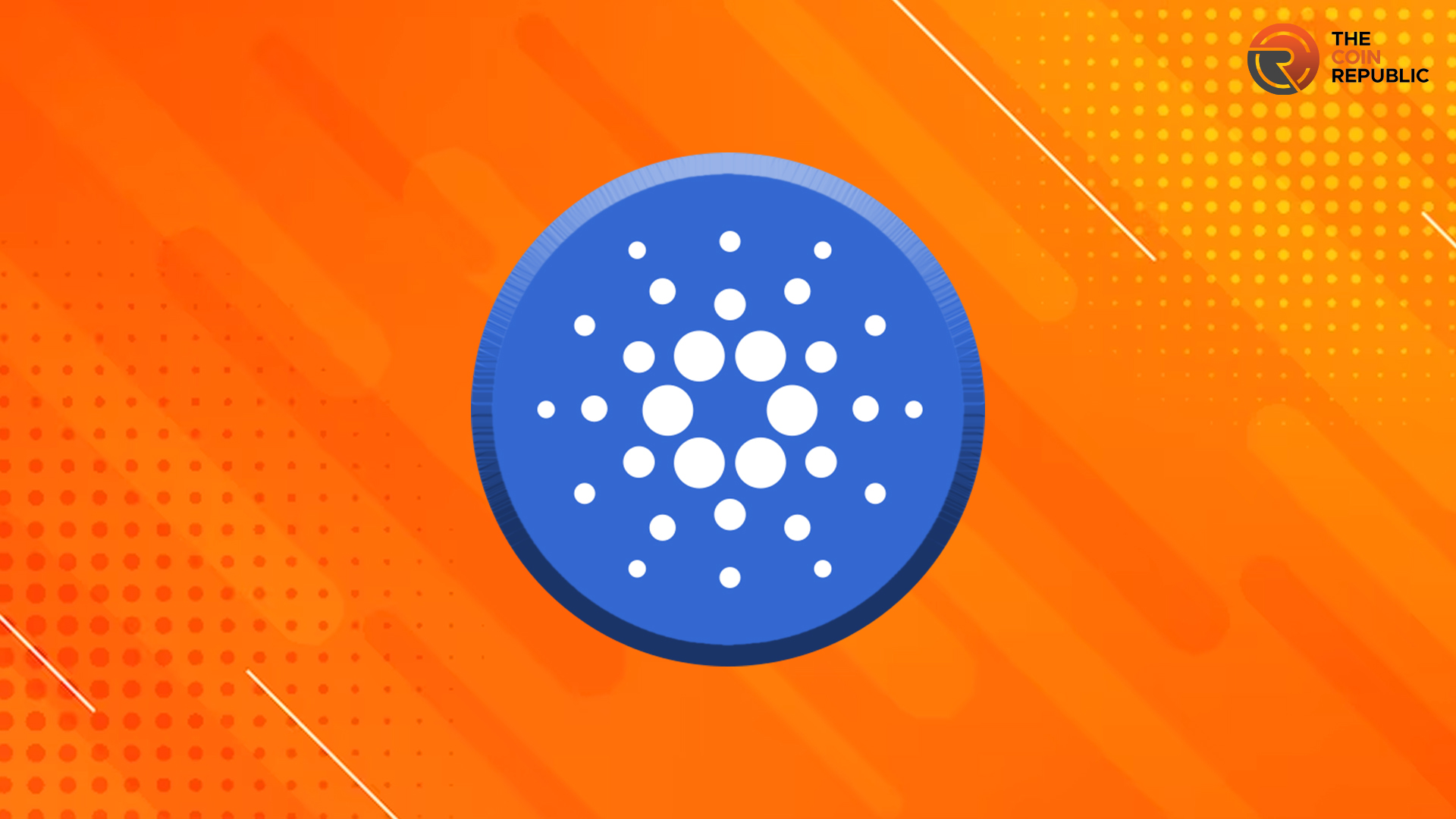Real-World DePINs In Action: How Do They Work? – Coincu
The post Real-World DePINs In Action: How Do They Work? – Coincu appeared on BitcoinEthereumNews.com. Decentralized physical infrastructure networks, known as DePINs, represent one of the most promising alternative applications of blockchain. They make it possible to create, manage and support physical devices and infrastructure through a decentralized and incentivized model, empowering individuals to provide the necessary hardware and services in exchange for tokenized rewards. With DePIN, participants utilize a decentralized blockchain and cryptocurrency tokens to build and maintain real-world infrastructure and services. They provide a compelling alternative to the expensive, heavily centralized networks that power most of the world’s technology today. Decentralized networks are based on an architecture made up of horizontal connections, as opposed to the hierarchical framework seen with centralized networks. By building physical infrastructure on DePINs, we encourage greater cooperation and collaboration. Anyone can participate in these networks by purchasing the specialist hardware needed to host a node, or in some cases they can use their own hardware, such as a laptop or even a smartphone, to provide resources to the network. To incentivize this participation, DePIN networks rely on digital tokens, which are paid to anyone who supplies hardware and resources to support the infrastructure and services they host. For instance, Datagram’s Hyper-Fabric Network network is designed to support real-time audio and video communications, as well as applications like gaming, artificial intelligence and content delivery networks. To participate, users can purchase hardware that allows them to become a node operator and provide computing power to the network. These resources are distributed via AI algorithms to dynamically balance workloads to ensure maximum efficiency. Communications providers can pay to access the network, taking advantage of its low-cost, high-bandwidth connectivity to support high-performance applications. Other DePIN networks, such as Roam Network, allow anyone with a smartphone to become a node operator. In this case, the smartphones are the nodes, and the bandwidth they…

The post Real-World DePINs In Action: How Do They Work? – Coincu appeared on BitcoinEthereumNews.com.
Decentralized physical infrastructure networks, known as DePINs, represent one of the most promising alternative applications of blockchain. They make it possible to create, manage and support physical devices and infrastructure through a decentralized and incentivized model, empowering individuals to provide the necessary hardware and services in exchange for tokenized rewards. With DePIN, participants utilize a decentralized blockchain and cryptocurrency tokens to build and maintain real-world infrastructure and services. They provide a compelling alternative to the expensive, heavily centralized networks that power most of the world’s technology today. Decentralized networks are based on an architecture made up of horizontal connections, as opposed to the hierarchical framework seen with centralized networks. By building physical infrastructure on DePINs, we encourage greater cooperation and collaboration. Anyone can participate in these networks by purchasing the specialist hardware needed to host a node, or in some cases they can use their own hardware, such as a laptop or even a smartphone, to provide resources to the network. To incentivize this participation, DePIN networks rely on digital tokens, which are paid to anyone who supplies hardware and resources to support the infrastructure and services they host. For instance, Datagram’s Hyper-Fabric Network network is designed to support real-time audio and video communications, as well as applications like gaming, artificial intelligence and content delivery networks. To participate, users can purchase hardware that allows them to become a node operator and provide computing power to the network. These resources are distributed via AI algorithms to dynamically balance workloads to ensure maximum efficiency. Communications providers can pay to access the network, taking advantage of its low-cost, high-bandwidth connectivity to support high-performance applications. Other DePIN networks, such as Roam Network, allow anyone with a smartphone to become a node operator. In this case, the smartphones are the nodes, and the bandwidth they…
What's Your Reaction?











































